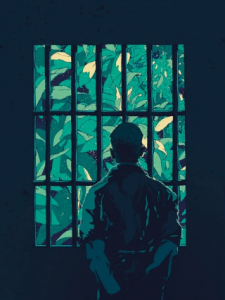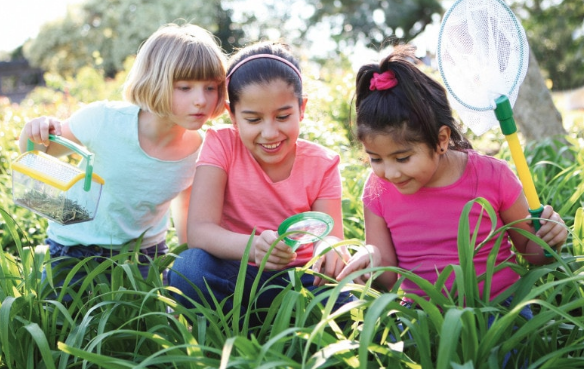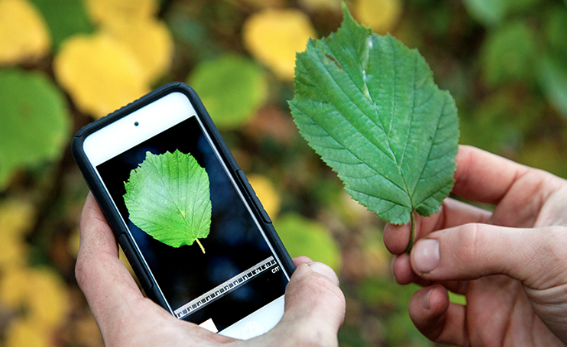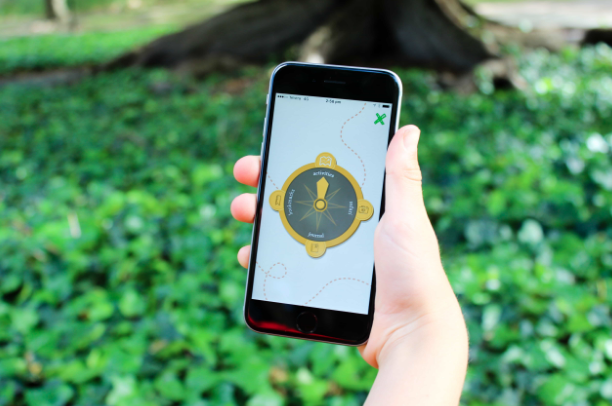Closing Thoughts
Ironically, this is a digital history website that is arguing for the need to reconnect with nature away from the digital environments we live and work in. As Cohen and Rosenzweig point out, digitization is becoming more ubiquitous in our everyday lives. This is realizing that even when people are reconnecting with nature away from the digital, the digital is ever present with cell phones and instant information at the touch of a finger. By presenting the history of the early years in Balboa Park, and Arbor Day planting celebrations in the park over time, this website presents ideas about reconnecting with nature outdoors in the present.
Historian Peter Coates explored the relationship between people and nature over time in the book Nature Western Attitudes since Ancient Times. Coates looks at the cycle of displacement and colonialist erasure in understanding the history of the landscapes, especially those that have now become parks of leisure. He notes that early nature advocates viewed large places of wilderness as primeval lands untouched by man, but these lands were actually once inhabited by Native peoples. [1] Coates views that man has always been intertwined with nature and nature with man.

Today, the digital has become intertwined with nature through the use of technology. In her article, “Connecting With Nature Through Technology,” Dr. Jo Morrison explores various smart-phone applications that connect people of all ages back to nature. Being able to experience the outdoors and participate in nature has been proven beneficial to physical, mental, and emotional health. Dr. Morrison reviews various research projects that focus on connecting people to nature, including a study that proved being able to access nature through technology made inmates calmer and happier. [3] According to Morrison, a sample study found that thirty-eight percent of British adults, thirty-six percent of young people ages 16-24, and thirty percent of children get out in the natural environment more than once a week. [3] Utilizing some of the apps explored in Morrison’s article such as LeafSnap which helps identify trees by photography are new ways to connect people to nature. [3] NaturePassport App is an app designed for teachers and families providing games for children to think, observe, collaborate and create in nature. [3] These applications and the creation of digital history sites such as this one are great innovative ways to connect people in the twenty-first century back to nature.
Pulling away from the digital to participate in events such as planting a tree for Arbor Day, or going for a walk in the park are great ways for people of all ages to reconnect with nature away from the digital. The hope of this project is to inspire people to think about the history of nature in Balboa Park. Also to motivate people of all ages to visit Balboa Park and explore nature in the park. Ideas about nature in Balboa Park have changed overtime, beginning with the notion to have pastoral secluded landscapes, to becoming urbanized with the inclusion of museums, gardens, a zoo, and other leisure activities. Remnants of the picturesque exist along the trails and canyons in the park. Today, Balboa Park is a form of the City Beautiful urbanization connecting the city with nature in the park. Although the original idea among designers during the early twentieth century of secluded nature in the park has changed over time to include more buildings and activities, a shared goal among all landscape designers is to connect people to nature in the park.
- Coates, Peter. Nature. Western Attitudes Since Ancient Times. Los Angeles: University of California Press, 1998.
- Cohen J. Daniel, and Roy Rosenzweig. Digital History: A Guide to Gathering, Preserving, and Presenting the Past on the Web. Philadelphia: University of Pennsylvania Press, 2006.
- Morrison, Jo. “Connecting With Nature Through Technology.” Calvium, 2019. https://calvium.com/connecting-nature-technology/



